The snowdrops of Oxford: How the city fell in love with winter's most entrancing flowers
The city of Oxford has long been a destination for snowdrop enthusiasts and one of the university’s colleges displays its expanding collection with scholarly finesse, finds Mark Griffiths.

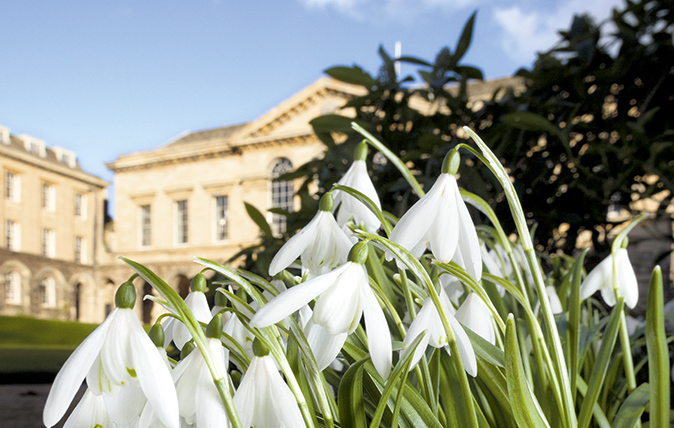
In gardening, as in so much of life, the best advice is often the hardest to follow. Suppose your curiosity is piqued by reading about galanthophilia, the appreciation of the 20 or so species and hundreds of cultivars of snowdrops (Galanthus) that is the most close-focus connoisseurship that British garden history has witnessed.
To see what all the fuss is about, you attend an early RHS London Flower Show or one of the local snowdrop days that now brighten the horticultural calendar’s formerly gloomy start. The flowers are exquisite: who would have thought that snowdrops presented so many variations in shape, size, posture, colouring and markings? Their names and stories are fascinating. Their rarity, prestige and, in some cases, monetary value are compelling.
Their fanciers are a wonderfully mixed and convivial crowd, persons of all kinds and callings joined in marvelling scrutiny and good-natured discussion. You get it, understand why these plants should inspire such devotion and resolve to join the growing ranks of galanthophiles.
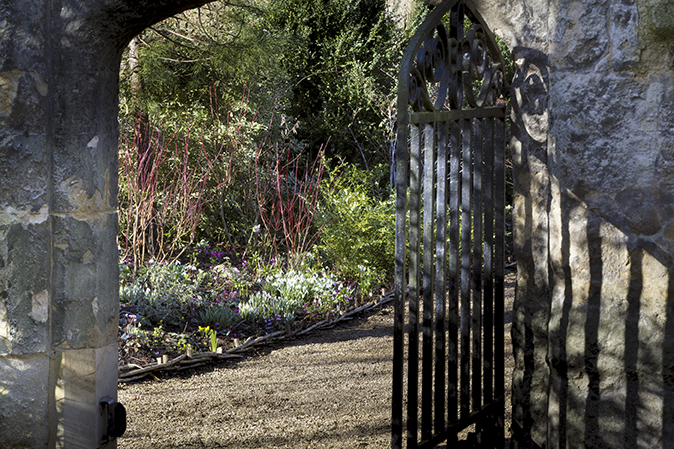
And so you buy your first collectable snowdrop cultivar – a single bulb smaller than a grape. Perhaps it will have golden rather than green floral markings and ovaries and cost you anywhere between tens and hundreds of pounds. You are just cradling this newly acquired prize in its pot, inwardly vowing to cherish it, when its vendor advises: ‘It’ll be all right like that for a little while, but the sooner you get it in the ground, the better.’
How can this be right? How can this delicate child survive the rough school of the open garden and how, in the wide outdoors, to appreciate its beauty, this miniature that is Flora’s answer to Hilliard and Fabergé? But the vendor is right: snowdrops, no matter how rare, extraordinary or expensive, fare better when planted in the earth.
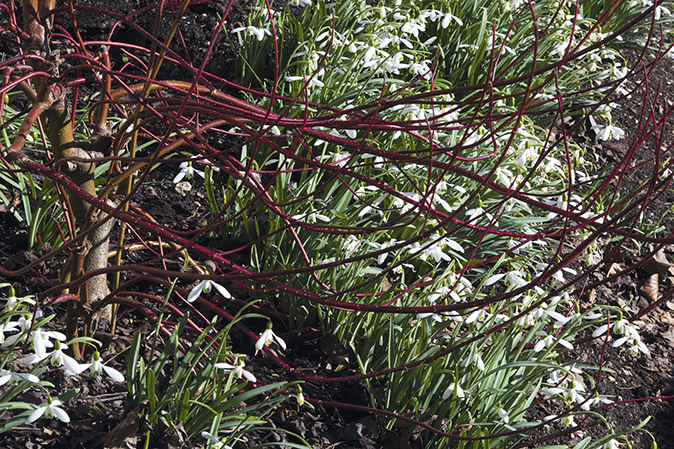
Certainly, they will cope in large containers and pots are invaluable in raising them and keeping surplus or as yet unplaced plants, but for that golden purchase to flourish, bulk up and repay your investment, it needs to be in the ground, in the right soil and the right spot.
Few of the most highly prized Galanthus cultivars form great colonies and sheets of bloom. Rather, they tend to be singular clump-formers or slow and contained spreaders, ideal for framing among artfully chosen companion plants.
Exquisite houses, the beauty of Nature, and how to get the most from your life, straight to your inbox.
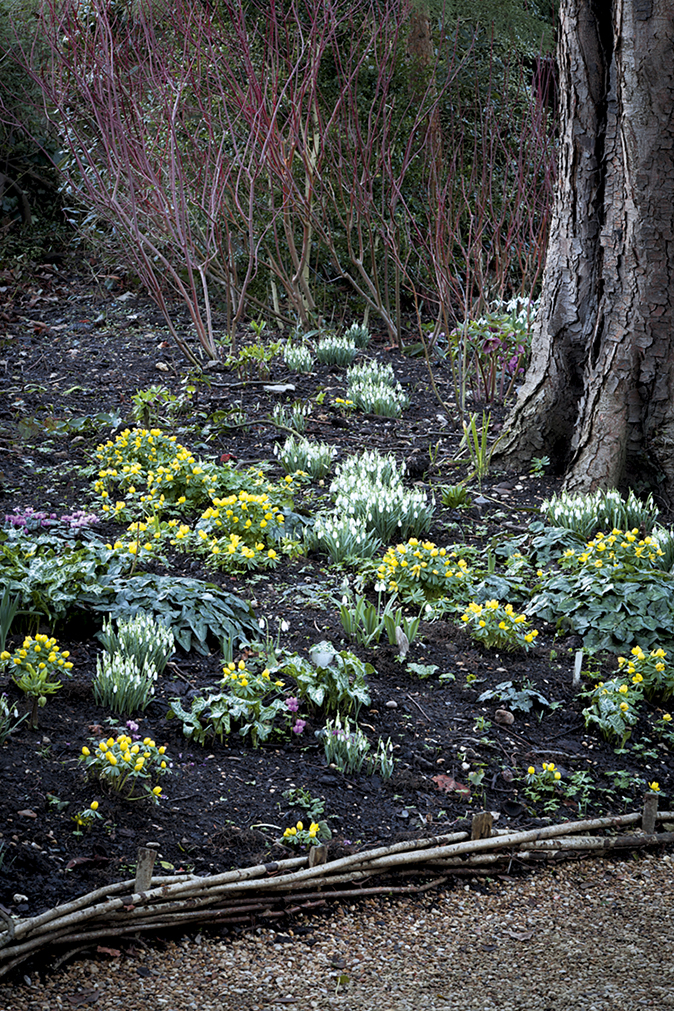
An outstanding example of this is at Worcester College, Oxford. Since 2000, the college’s 26 acres have become rightly renowned for their restored historic rose garden and orchard and for new plantings of extravagant exoticism. Combined with its Elysian landscape, its flawless lawns, a lake bobbing with waterlilies and walks embowered by venerable trees, these features have made Worcester the beau idéal of an Oxford summer.
However, it has another life in the months that Proserpine spends with Pluto; one that’s quieter, but no less beautiful or beguiling. It is now that the grounds and gardens become a gallery for the College’s astonishing snowdrop collection.
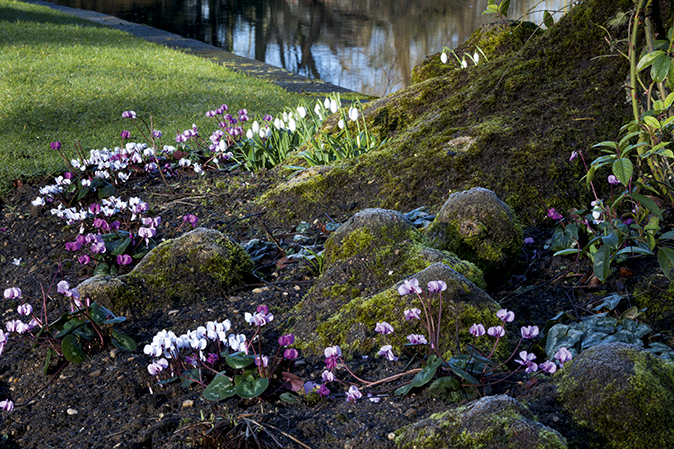
Oddly, it was only in March 2012 that ‘galanthophile’ was included in the online edition of the Oxford English Dictionary (OED) and defined there as ‘a collector of or expert on snowdrops’. I say oddly because the term is not a recent innovation, as the OED entry demonstrates by citing its occurrence in an article published in The Garden as long ago as July 1892 and other appearances in print from 1919, 1961 and 1990. What’s more, the dictionary’s home city has long been a centre of galanthophilia.
In the 19th century, it became an Oxford custom to plant snowdrops on and around graves. At St Sepulchre’s Cemetery, they have not only survived but naturalised prolifically, creating a wintry Gothic scene worthy of Caspar David Friedrich in which sombre yews and time-worn monuments loom from their pristine carpet. While these offerings were settling in, the naturalist and landowner Henry John Elwes was energetically proving that Galanthus, although always white-flowered, was a far more varied genus than had been assumed.
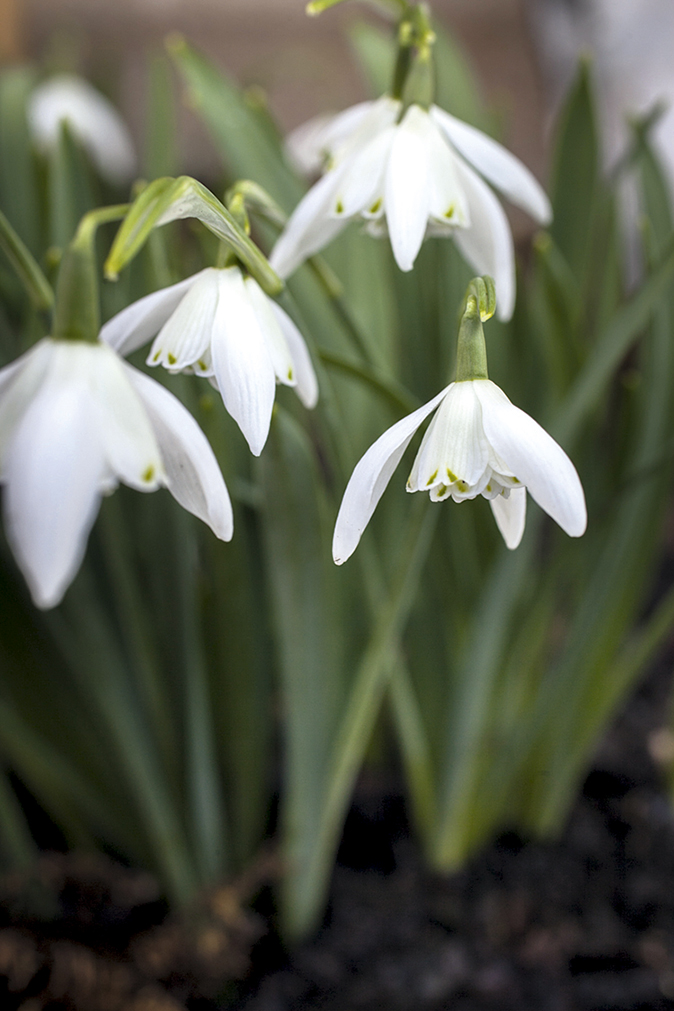
In Turkey in the 1870s, he discovered snowdrops with blooms as large, shapely and heavy-hanging as orient pearls and with leaves in handsome grey hues. He brought some home and organised the export of more. Back in Gloucestershire, he continued to amass species and cultivars in his gardens at Miserden and, later, at Colesbourne Park, the family seat that he inherited in 1891.
Paramount among these, horticulturally speaking, was Galanthus elwesii, today our most widely grown snowdrop after G. nivalis. Various gardens within the university were early adopters of Elwes’s introductions.
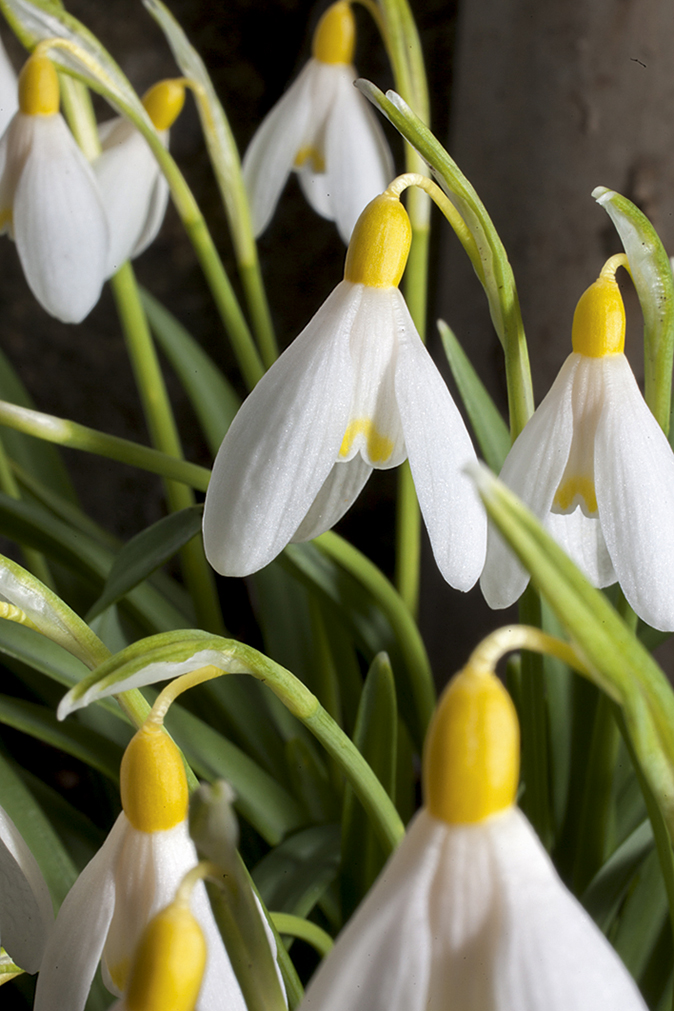
And so, between town and gown, the people’s memorial posy and the don’s novel and eagerly sought speciality, Oxford became a snowdrop melting pot. From it, in the second half of the past century, there emerged someone who personified the passion and pioneered the rites that would come to characterise latter-day galanthophilia: Primrose Warburg, Oxford’s redoubtable snowdrop queen.
She journeyed far in search of every possible variety. She scoured immense colonies in the hope of finding a cultivar in waiting, that one specimen that departed from the norm in some interesting way. She secured the stock of departed galanthophiles, such as the beautiful plants raised by Lady Beatrix Stanley at Sibbertoft Manor, in Northamptonshire, before the Second World War.
These finds went into her hilly, semi-wooded garden at South Hayes to the west of Oxford to be observed, increased and named if necessary and to spawn new marvels in turn.
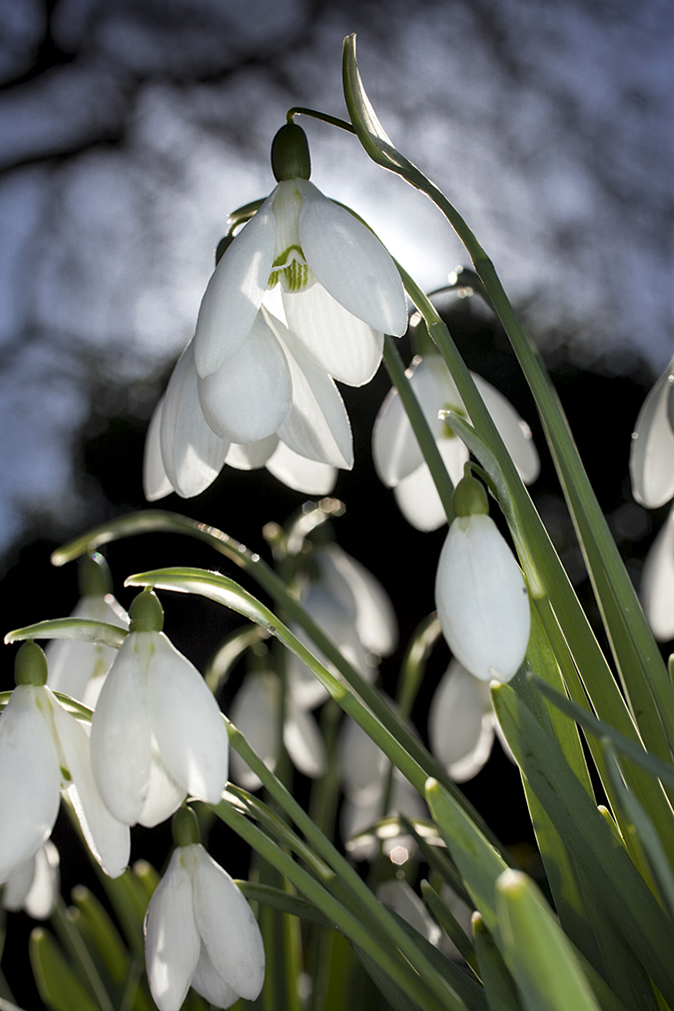
As long as they trod carefully, visitors were welcome and devotees might be asked to one of Mrs Warburg’s snowdrop lunches, a coveted invitation in Oxford gardening circles. She saw galanthophilia as a social activity. In large part, it’s thanks to her that the snowdrop season became a thing of gatherings, of flower-themed feasts, group excursions and open garden days.
Often, the plants, too, were for sharing and this is what happened to Mrs Warburg’s collection after her death in 1996. Invited by her family, her friend and fellow galanthophile John Grimshaw identified its accessions and found them loving homes, a process that led to the naming and introduct-ion of such eminently desirable cultivars as G. Primrose Warburg (golden ovary and gold-marked inner petals) and G. South Hayes (flaring outer petals each with a green central streak that’s broad, irregular and long).
Dr Grimshaw, who would subsequently co-author the superb Snowdrops: a Monograph of Cultivated Galanthus (2001), and curate the garden created by H. J. Elwes at Colesbourne Park, had already introduced what, to my eyes and nose, is the loveliest Oxford snowdrop of all. In 1992, he spotted a spontaneous hybrid between G. gracilis and G. plicatus on the old rockery at the University Botanic Garden, a supremely elegant plant with large flowers scented of Parma Violets. He named it G. Celia Sawyer, after the Botanic Garden’s then alpine specialist, another leader of Oxford’s snowdrop movement.
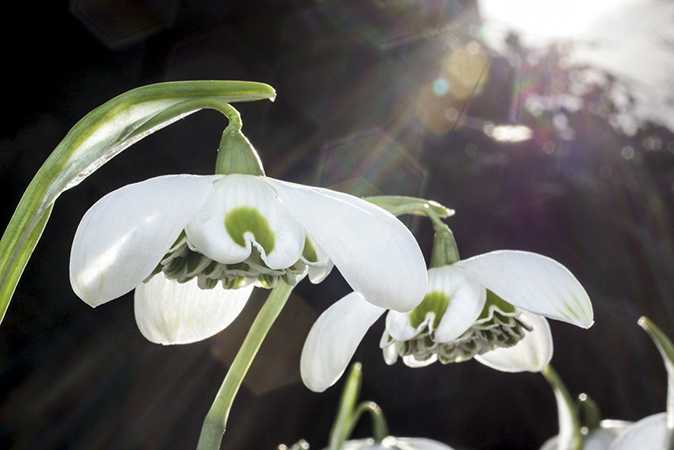
At Worcester College, there are swathes of G. nivalis and G. plicatus that probably date from the 19th century, if not earlier. An invoice survives, from George Prince, ‘seedsman’ of Market Street, Oxford, that bills the College for six ‘bunches’ of snowdrops at 3d a piece. Its date, March 18, 1863, and that word ‘bunches’ suggest that these plants were delivered after they had flowered and while still in leaf – ‘in the green’, in snowdrop parlance, which is still reckoned the best way of establishing large quantities of the more common and resilient varieties.
Worcester, then, was in at the beginning of Oxford’s galanthophilia, but it remained largely untouched by the cult until about 2006, when Simon Bagnall, the college’s Head of Gardens, fell under the snowdrop’s spell. Supported by the then Garden Master, Edward Wilson, he resolved to create the university’s premier Galanthus collection, a sanctuary in which these plants, that are so much a part of Oxford’s horticultural history and life, would be gathered, maintained and displayed as the living artworks that they are.
As word of his enthusiasm spread, he became a beneficiary of the generosity, giving and exchanging, that are characteristic of the fellowship of galanthophiles. Celia Sawyer donated numerous rare varieties and offered practical advice. John Grimshaw also befriended the Worcester project. As Wordsworth, John Clare, Ted Hughes and Gina Wilson show, the snowdrop is a poet’s flower.

To the west of Oxford, James Fenton, the university’s emeritus Professor of Poetry, had built up an outstanding Galanthus collection with his gardener Mike Collins. They now gave divisions of some of its most valuable cultivars to Worcester. Comparable treasures came from another star of the Oxonian snowdrop set, Sue Dickinson, superlatively gifted head gardener to Lord Rothschild at The Pavilion, Eythrope.
By 2008, the college was home to many of the wild species, subspecies and varieties of Galanthus, to their most familiar garden variants (such as the double common snowdrop, G. nivalis Flore Pleno) and to 30 covetable cultivars that represented the art of galanthophilia at its most discerning and delightful. Since then, through further gifts and purchases, the collection has more than doubled.
The ways in which Mr Bagnall has set these jewels offer a masterclass in snowdrop cultivation and display. Sturdy and spreading species such as G. nivalis, G. plicatus and G. woronowii form extensive colonies under the London plane, yew and beeches at the centre of the Nuffield Lawn and drift through longer grass and branchy thickets in the grounds’ wilder reaches. G. rizehensis emerges, come the cold and wet, from the elevated, sun-beaten border along the right-hand side of the college’s front quadrangle.
Meanwhile, in a series of beds along the quadrangle’s lower and part-shaded left-hand side, cultivars such as Ginns’ Imperati, Anglesey Abbey, Jacquenetta and Wendy’s Gold emerge among the dark, round leaves of Asarum europaeum and intricate fronds of Polystichum to dance under winter-flowering shrubs such as Viburnum farreri Candidissimum.
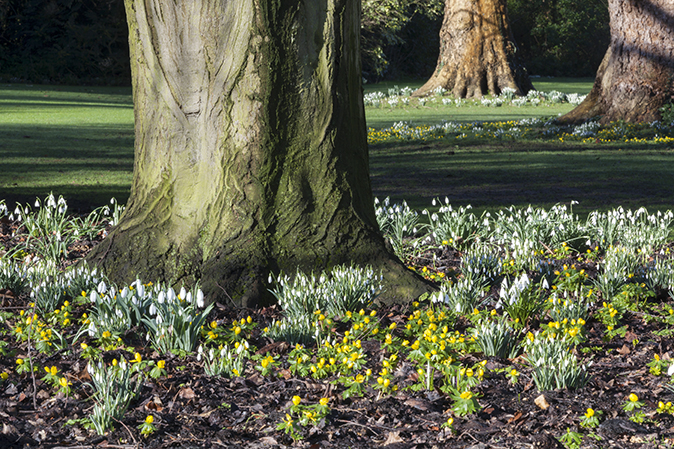
When, in Worcester’s celebrated summer border, the flamboyant exotics retreat below ground or are swaddled against frost or rehoused under glass for the winter, the earth that they leave erupts with clumps of snowdrops such as Lady Elphinstone and Lady Beatrix Stanley. Now, it becomes clear why, in designing this jungle, Mr Bagnall was careful to include dogwoods.
In leaf, they’re not nearly as striking as their high-summer companions, but, as bare clumps of scarlet branches, they’re the perfect foil for snowdrops. Past this border’s end, shrubs dot the lawn. They are choice, but not nearly so precious as the Galanthus rarities that occupy the soil that encircles their bases.
At the start of the great walk along Worcester’s lake, an ancient arch is abutted by shady beds that are also repositories of snowdrop treasure, cultivars such as Robin Hood, Rodmarton, Rupert Golby and Pride o’ the Mill.
Beyond the arch lies Mr Bagnall’s master-stroke, a long and deep bosky bed that borders the waterside path. The snowdrops spring amid the blooms of hellebores and Cyclamen coum, the marbled foliage of Arum italicum and Pulmonaria and the brilliant twigs of Cornus Midwinter Fire and Rubus thibetanus.
As Mr Bagnall says: ‘When you think of all that’s gone into breeding these snowdrops, you’ve a duty to give them a beautiful setting. And you’ll find that they thank you for it.’
The gardens of Worcester College, Oxford, are usually open to visitors every day from 2pm to 4pm, except some public holidays and during the college’s Christmas closure period (visit www.worc.ox.ac.uk). For suppliers, see Galanthus in the RHS Plantfinder or look out for notices of shows, regional snowdrop days and sales.
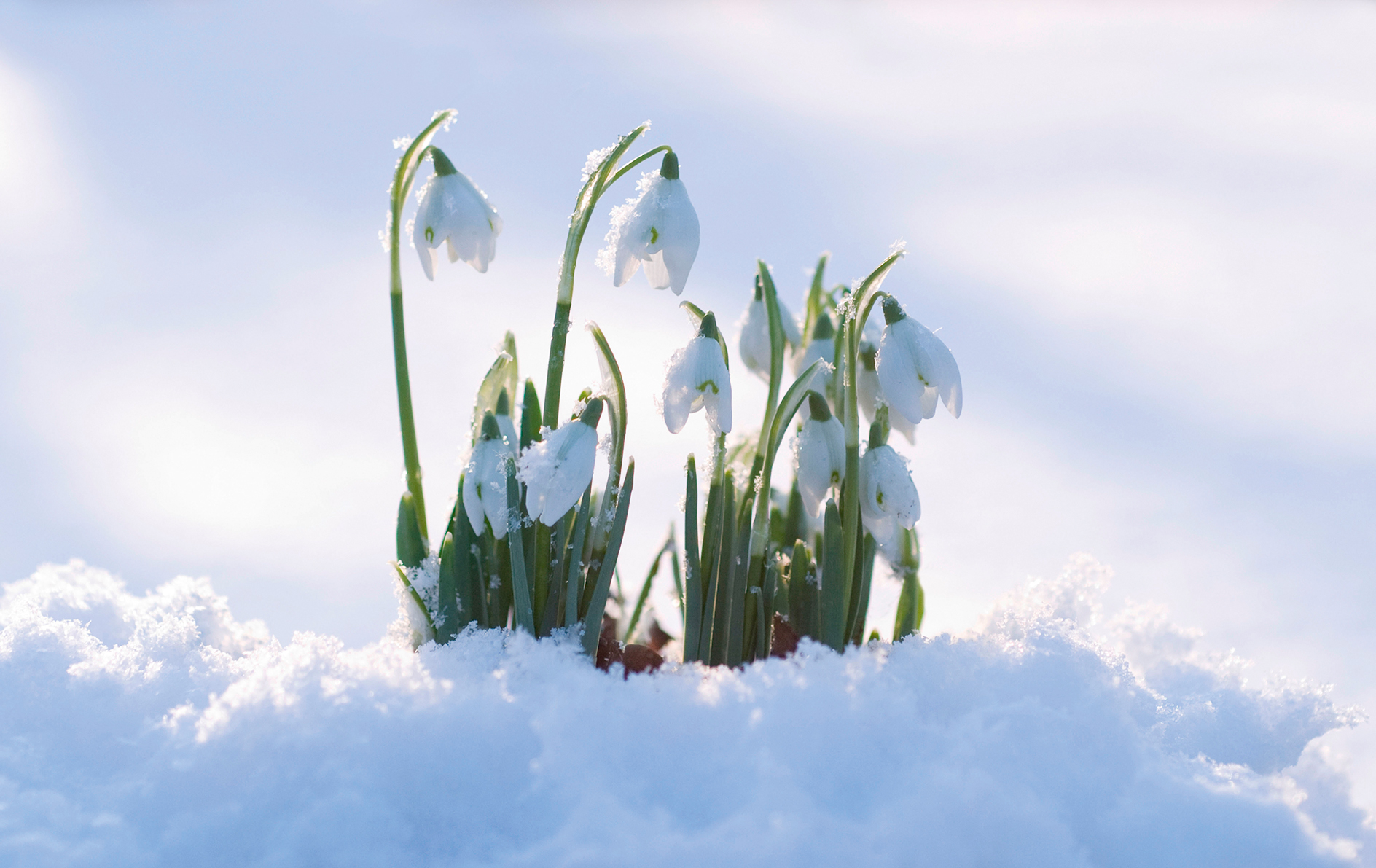
Where to see snowdrops: The best places in Britain
The sight of these tiny white flowers peeping through in January or February never fails to cheer us up –

How Country life revealed the true face of Shakespeare [VIDEO]
Country Life magazine reveals an astonishing new image of William Shakespeare, the first and only known demonstrably authentic portrait of
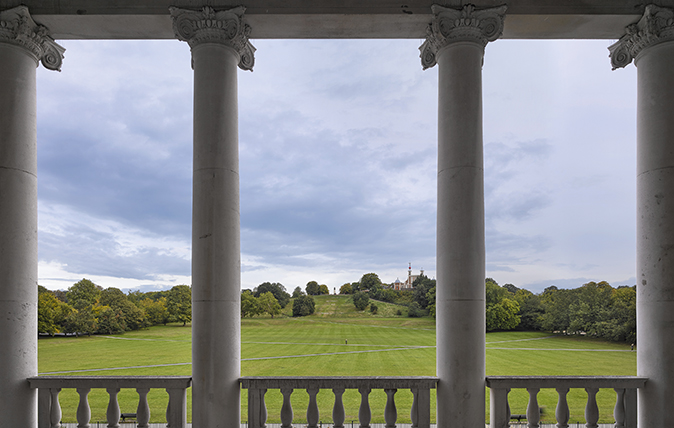
The Queen’s House, Greenwich: A royal villa of global significance housing a world-class art collection
In preparation for its 400th anniversary last year, the Queen’s House underwent a major refurbishment and re-hang. Harry Mount looks
Country Life is unlike any other magazine: the only glossy weekly on the newsstand and the only magazine that has been guest-edited by His Majesty The King not once, but twice. It is a celebration of modern rural life and all its diverse joys and pleasures — that was first published in Queen Victoria's Diamond Jubilee year. Our eclectic mixture of witty and informative content — from the most up-to-date property news and commentary and a coveted glimpse inside some of the UK's best houses and gardens, to gardening, the arts and interior design, written by experts in their field — still cannot be found in print or online, anywhere else.
